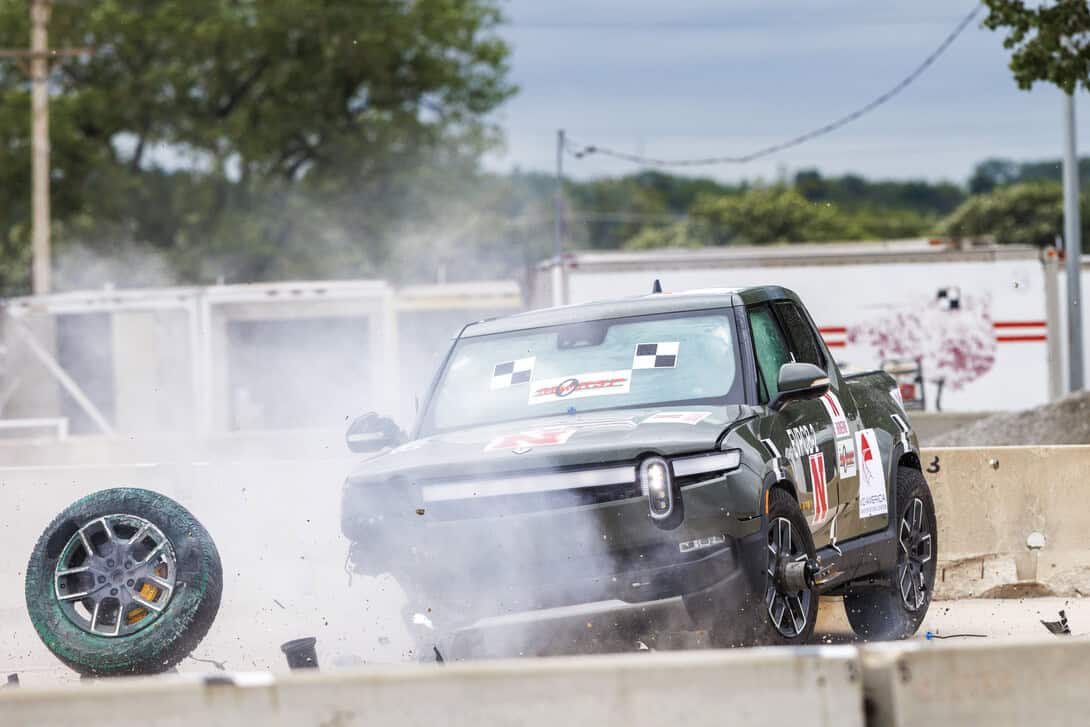Rethinking Highway Safety Standards for Electric Vehicles

Recent crash tests conducted by the University of Nebraska-Lincoln’s Midwest Roadside Safety Facility have raised concerns about the ability of U.S. highway infrastructure to safely accommodate the increasing number of electric vehicles (EVs). These tests, using heavier EVs such as the Rivian R1T, highlighted potential shortcomings in current guardrail and barrier designs.
However, it’s important to note that heavier vehicles like half-ton pickup trucks and semis have long been a staple on U.S. highways. These vehicles, which often exceed the weight of many EVs, already challenge the current infrastructure in terms of safety and maintenance. The presence of such heavy vehicles has led to reinforced road surfaces and more robust barriers in certain areas to prevent accidents from becoming catastrophic.

The arrival of EVs, while introducing new variables, is not an entirely unprecedented situation. The key difference lies in the distribution of weight and the potential acceleration and deceleration characteristics of EVs, which differ from internal combustion engine vehicles. As EVs become more common, it’s essential to evaluate and possibly update safety standards, taking into account both existing heavy vehicles and the unique characteristics of EVs.
As the U.S. prepares for a future where electric vehicles are the norm, it’s crucial to ensure that highway safety measures evolve in tandem. By considering the existing challenges posed by heavy vehicles and the specific dynamics of EVs, the nation can work towards safer roads for all.
